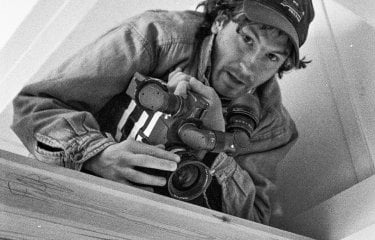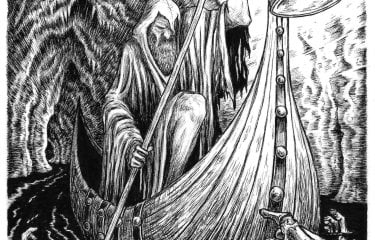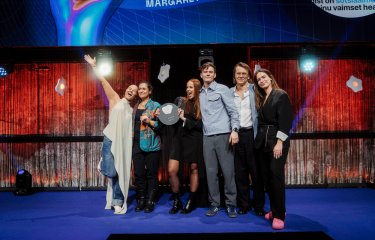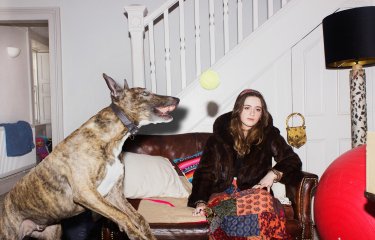Menswear Design with George May
11 December 2018

George May, who graduated from Sportswear Design in 2012, is a menswear designer at Belstaff UK, a luxury outdoor fashion brand. We recently caught up with him to find out more about his journey to Belstaff and what his role involves.
What does your average day as a menswear designer look like?
It varies a lot depending on the time of the season. At the beginning of a season, we spend a lot of time researching, using our archive for inspiration alongside lifestyle, concept and heritage research. We work closely with the Creative Director throughout the process, often reviewing our research, and then we design the collection based off this, in accordance to the range plan. We also speak a lot with the product development team in Italy, who assist in the material research and production of the garments. It is a very collaborative process which involves a lot of development in order to get the best possible products at the end.
How did you become a menswear designer at Belstaff?
In order to get my current role, I did a three-month internship between my second and third year at University. Once I left Falmouth, I did a further year of interning with two different luxury fashion brands, gaining experience in design, pattern cutting and CAD work.
I wanted to work within Outerwear and/or leather design and saw that Belstaff were recruiting a CAD artist within the design team. I phoned Belstaff in order to find out who would be best to contact and they directed me to the HR manager. I emailed her directly (as I didn't have the experience according to the job description) and outlined how excited I would be to work for the brand and how suited my skills and experience were to them.
I went through three interviews and then had three trial days. Although it was stated that the role did not progress to designer, after six months working within the team and taking on more responsibility, I was promoted to a menswear designer
Have you been working on anything else since you graduated?
Since leaving University I was commissioned to make one of the pieces from my graduate collection and I also created another small capsule collection for Brighton Fashion Week.
As I had focussed mostly on womenswear at University, I worked on gaining greater knowledge of menswear by doing research and buying and selling used clothing. This also helped me to gain an appreciation [of] heritage clothing, which has been very beneficial in my current role.
How did your studies at Falmouth help you to develop your skills and career?
Falmouth helped by teaching me great research skills and by giving me strong practical knowledge. The staff were incredible at teaching both the creative and technical sides of fashion and sportswear design. The emphasis they placed on learning how to use CAD programmes such as Illustrator and InDesign has also been extremely important and helpful.
What advice would you give to students looking to step into the industry?
It can be a difficult career to get your first job in, so it is important to be passionate and have strong self-belief in what you are doing. Gaining experience from internships really helps you to get an understanding of the industry. It is not always a glamorous job, so you have to be willing to get stuck in and work on a wide range of tasks. It is a very exciting industry to work in, but you do have to be passionate about the work in order to succeed.




